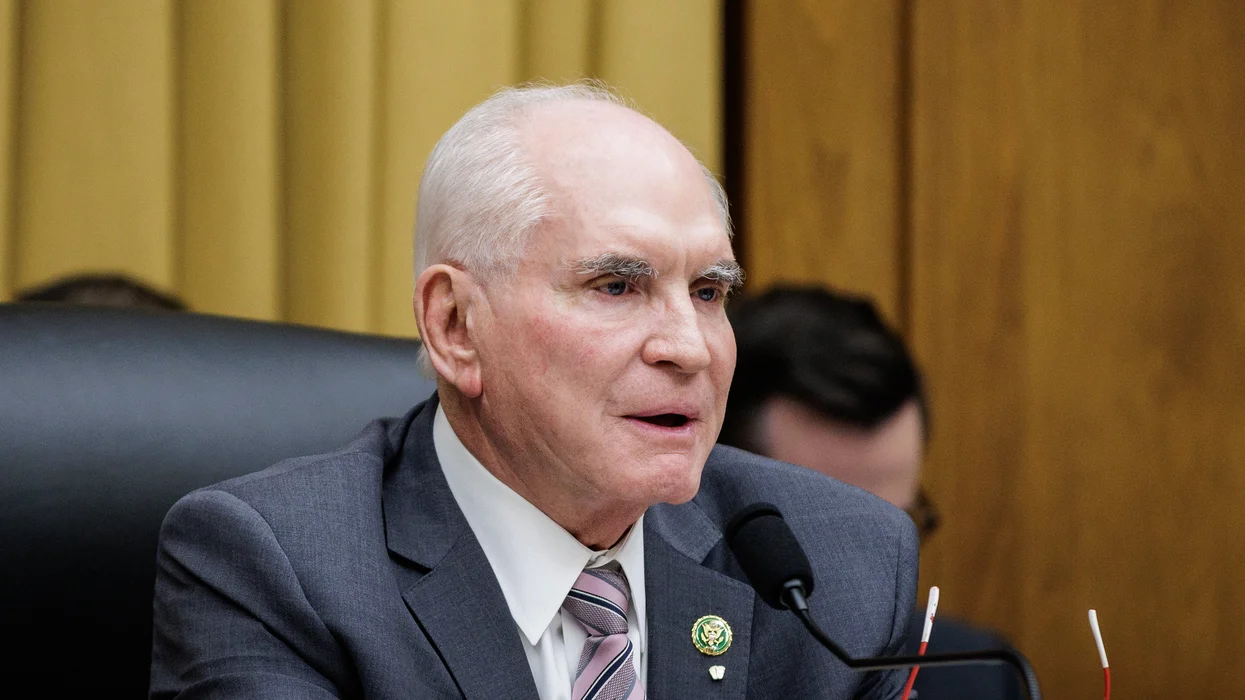There is an apocryphal story, used for years in economics courses, to show how ill-equipped a bureaucracy is to do what a free market does every day.
As the story goes, a prominent politician discovered that his son lost his pencil. The store was out of pencils. In a day when every student, parent and business used, on a daily basis, a simple old #2 lead pencil, surely our political leaders could prevent a shortage from ever happening. He introduced a bill in Congress to address this serious matter. The bill was debated and finally The National Pencil Act (NPA) was passed.
 (Photo Credit: AP Photo/Eric Gay)
(Photo Credit: AP Photo/Eric Gay)
The NPA Department was established to manufacture and fairly distribute the pencils across America. Sub-committees were created.
- The Personal Use Committee determined how many pencils were needed per person for personal use. Of course, they soon discovered that some people use waaaay too many pencils so a maximum number was set.
- The Business Use Committee determined how many businesses there were and how many pencils each uses. Recognizing that some businesses were more pencil dependent than others (for example a large accounting firm needs more pencils than a farm) the Committee established ceilings on each kind of business.
- The Government Use Committee quickly realized that government record keeping would require more pencils than a private business and they concluded that there would be no limits on pencil usage for such important work.
- The Manufacturing and Distribution Committee established regional manufacturing. They hired leaders who were in political agreement with them regarding the need for national penciling.
- The Wood Committee had a pretty straightforward responsibility. They were to determine what kind of wood should be used and where they should get it. They wisely grasped the impact such concentrated purchasing would have on timber prices and appointed an advisory council to include economists, Wall Street financiers and timber industry experts to help with these important decisions.
- The Eraser Committee inspected and graded rubber plantations on their ability to produce and deliver enough product to make the erasers.
- The Metal Committee analyzed and ordered the metal that forms the joint between the wood and the rubber for the erasers.
Now you can readily see the difficulties.
For starters, just how do they determine how many pencils each business uses each year and how many should they use? Next, should all persons be treated equally as to the individual quota?
Do they use real rubber for erasers or is there an artificial substitute?
Should the wood supply include the damaged trees from the recent hurricane?
Where do we find the…WHOOOOPS! They forgot The Lead Committee. Well, they remedied that by slowing down the rest of the Committees.
Thankfully, that is not how it works in America. When I need a pencil I go to the store and buy as many as I wish. If the store doesn’t have pencils I can find them at another store and it is likely that the first store will never run out of pencils again. They, of course, buy them from their distributor who knows his customers and is unconcerned with the nation as a whole. The distributor buys from the manufacturer who knows his customers. Not one of them has to know how to harvest rubber.
Now let us have a look at the modest little enterprise with the government running the nation’s health care industry. So far we have only seen the effort to build a website. They did worse than forget the lead. They forgot to protect your private information. They forgot to build the part that transfers the subsidy to the insurers.
[sharequote align="center"]Do not be concerned about the security of your personal information. They’re working on it. [/sharequote]
The pencil building administration slowed down when they discovered they forgot the lead. The Obama Administration is plowing forward.
Do not be concerned about the security of your personal information. They’re working on it.
As to the lack of a system to calculate the subsidy and transmit it to the insurer, they ask the insurers to bill the taxpayers for whatever they think is fair.
 This photo of part of the HealthCare.gov website is photographed in Washington, in this Nov. 29, 2013 file photo. Newly released federal figures, as of Nov. 30, 2013, show more people are picking private insurance plans or being routed to Medicaid programs in states with Democratic leaders who have fully embraced the federal health care law than in states where Republican elected officials have derisively rejected what they call "Obamacare." (AP Photo/Jon Elswick, File)
This photo of part of the HealthCare.gov website is photographed in Washington, in this Nov. 29, 2013 file photo. Newly released federal figures, as of Nov. 30, 2013, show more people are picking private insurance plans or being routed to Medicaid programs in states with Democratic leaders who have fully embraced the federal health care law than in states where Republican elected officials have derisively rejected what they call "Obamacare." (AP Photo/Jon Elswick, File)
Will your doctor and hospital remain your doctor and your hospital? We just don’t know yet. Many doctors haven’t been notified of reimbursement rates in order to determine whether they will work for the pay offered. Many who have seen the reimbursement schedule have decided to pass. Several of our most reputable hospitals are not in the program. You will find out about your doctor and hospital when you need them.
Five million policies have been cancelled because of the new demands of the Obamacare law. These policies cover millions more. This was part of the plan to force everyone into government programs. The deadline for getting into a new policy is about two weeks away. The market place for you to get a new policy is “not in service.”
On Jan. 1 millions of Americans, who believe they have successfully enrolled in the new federal insurance exchanges, will not be covered due to errors in the transfer of their information to the insurance companies. Your best choice is – DO NOT GET SICK!
I’m getting sick just thinking about it. I’m going to bed.
–
TheBlaze contributor channel supports an open discourse on a range of views. The opinions expressed in this channel are solely those of each individual author.

 (Photo Credit: AP Photo/Eric Gay)
(Photo Credit: AP Photo/Eric Gay)





